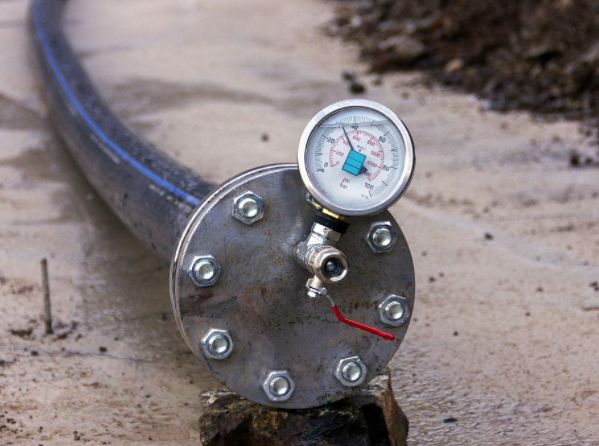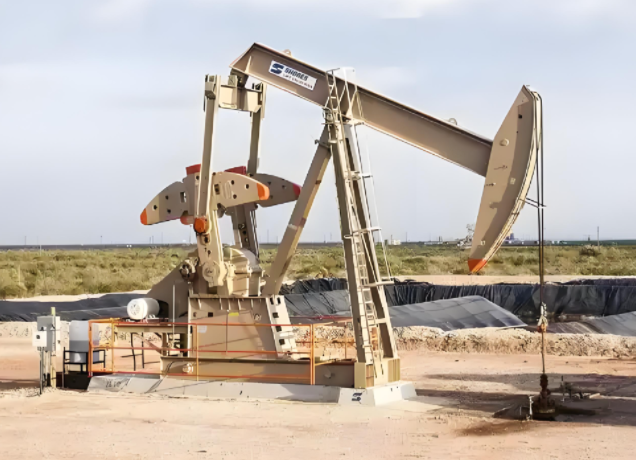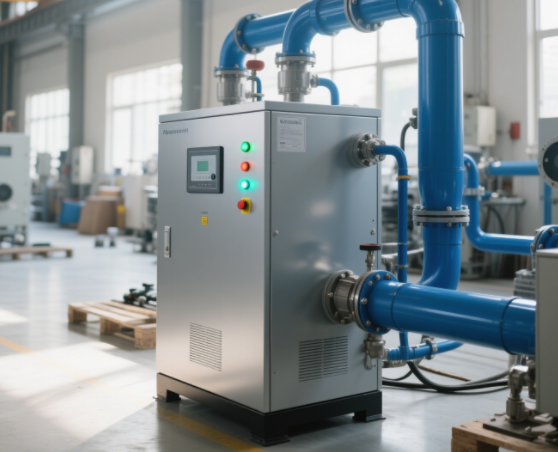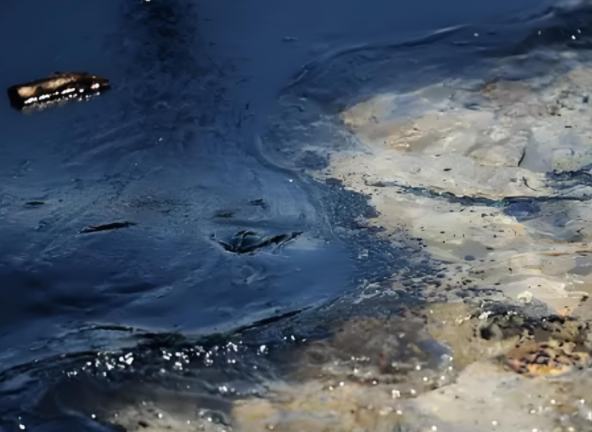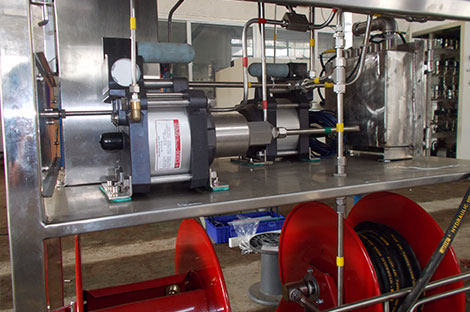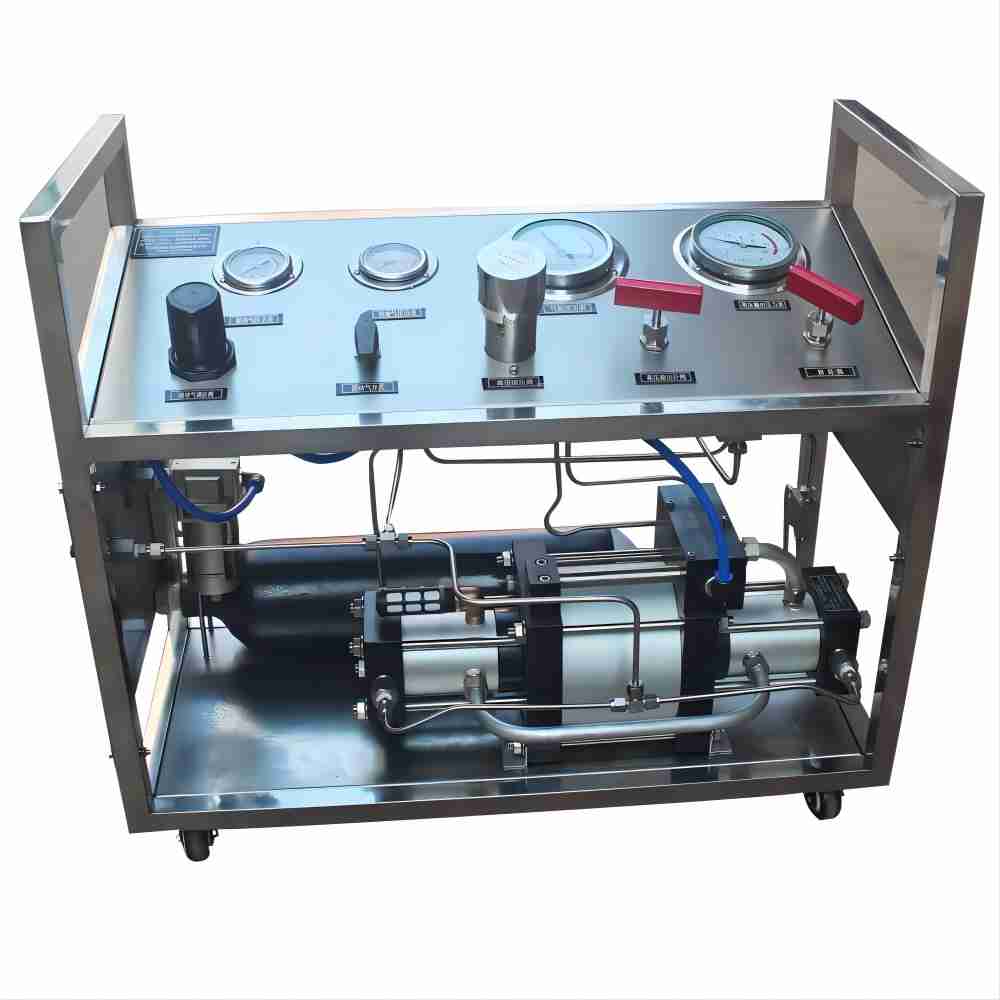Nitrogen Generator for Oil and Gas Ships: Why is it Essential?
In industrial manufacturing, nitrogen as an inert gas is unavoidable. It is utilized to a significant extent in various applications from food packaging, production
With world energy demands continuing to grow, oil and gas ships are becoming increasingly vital in international commerce. Being such vital ships for transporting liquefied petroleum gas (LPG), liquefied natural gas (LNG), and other flammable and explosive chemicals, these vessels need to be very safe. Among the most vital pieces of equipment in safe transport is the nitrogen generator.
Today, we are providing a detailed review of nitrogen generator for oil and gas ships. Whether you are a ship owner or equipment buyer, you’ll learn helpful tips and good advice throughout the way.
Part 1. What is a Nitrogen Generator for Ship?
Nitrogen generator is a specialized system designed to capture nitrogen from ambient air and purify it to the required concentration for shipboard consumption. Instead of relying on heavy and costly nitrogen cylinders or cryogenic liquid nitrogen tanks, such systems produce nitrogen onboard ships directly on demand.
Nitrogen generators typically use one of the following two technologies for nitrogen separation:
1. PSA (Pressure Swing Adsorption) Nitrogen Generators
This technology relies on carbon molecular sieves that selectively adsorb oxygen molecules under pressurized conditions and allow nitrogen molecules to pass through without adsorption.
Alternating pressurized adsorption and depressurized desorption cycles can produce continuously high-purity nitrogen (typically above 99.5%).
PSA systems are best suited for processes where high-purity nitrogen is required, such as inerting sensitive cargo tanks or blanketing valuable chemical products.
2. Membrane Nitrogen Generators
They use polymer membrane fibers by which specific gases like oxygen, CO₂, and water vapor move faster than nitrogen. In the process of passing compressed air over the membrane module, nitrogen gets filtered and is acquired on the other side.
Membrane generators have small size, low maintenance, and quick response, for which they are best suited for navy purposes wherein size and simplicity are crucial factors.
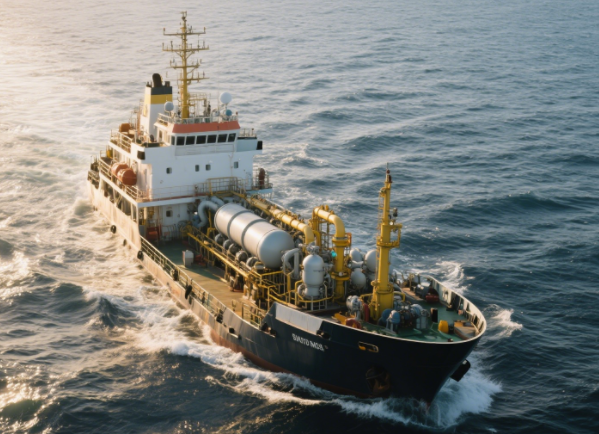
Part 2. Why Do Oil and Gas Ships Require Nitrogen?
Oil and gas ships carry very inflammable cargos such as crude oil, refined petroleum products, liquefied natural gas (LNG), and liquefied petroleum gas (LPG). In case these products mix with oxygen in the air, they are quite likely to form explosive atmospheres. In the event of an ignition source, it could lead to catastrophic fires or explosions.
To prevent all these risks, inert gas is used in diluting or displacing oxygen in tanks, pipelines, and storage systems to eliminate one of the essential elements necessary for combustion. Nitrogen is particularly important in this regard.
Nitrogen is an odorless, non-flammable, and colorless chemically inert gas. It is widely used in oil and gas carriers for the following reasons:
Inerting of Cargo Tanks: Nitrogen filling in cargo tanks helps to displace oxygen and the formation of explosive vapor-air mixtures. By keeping the oxygen concentration below safe levels, the risk of explosion during transport is significantly reduced.
Pipeline Purging and Cleaning: Nitrogen is used to purge pipelines both prior to and subsequent to loading or unloading, removing residual hydrocarbon vapors and minimizing oxygen content. This minimizes the risk of fire or explosion at startup for maintenance or operations.
Nitrogen Blanketing of LNG/LPG Storage Tanks: Nitrogen is introduced into the vapor space above LNG or LPG to form an inert blanket that does not let air enter but reduces the likelihood of exposure to oxygen. This also helps reduce product evaporation loss.
Pressure Testing: Nitrogen is also commonly applied for pressure or leak testing of systems and pipes. Nitrogen is more secure than air or other gases because it is non-corrosive and non-combustible, protecting both individuals and systems.
Fire Prevention Systems: Nitrogen can be used in certain of the high-risk areas such as pump rooms and electrical compartments in part of fire suppression systems. It works by lowering oxygen levels in the affected area quickly, preventing the fire from spreading or putting out the fire quickly.
Part 3. Typical Applications of Nitrogen on Oil and Gas Ships
Nitrogen is also crucial to ensuring safety and operational efficiency on oil and gas tankers. Below are major application areas and the roles nitrogen plays in each:
Cargo Tank Inerting
Nitrogen is forced into oil cargo tanks to displace oxygen and prevent the formation of explosive vapor-air mixtures. Cargo tank inerting is required to reduce the risk of explosion during loading, unloading, and transit.
LNG Tank Blanketing
When liquefied natural gas (LNG) is loaded and unloaded, nitrogen covers the vapor space over the liquid cargo. It prevents air entry, maintains pressure even, and reduces the chance of oxygen contamination or ignition of the vapor.
Pipeline Purging
Nitrogen is utilized to flush the pipelines before and after oil or gas product transportation. It evacuates residual hydrocarbons and air from the lines, lowering fire hazards as well as creating a safer environment for maintenance work or switching.
Nitrogen Filling in Explosion-Proof Zones
Nitrogen fills the area and creates an inert environment by pushing out oxygen in dangerous explosion zones such as pump rooms, compressor stations, and ventilation ducts, significantly enhancing onboard security.
Instrument Air Protection
Sensitive measuring and controlling instruments, such as pressure transmitters and analyzers, could be destroyed by moisture or corrosive vapors. Nitrogen is used in the form of dry, clean media to protect such instruments from moisture and corrosion.
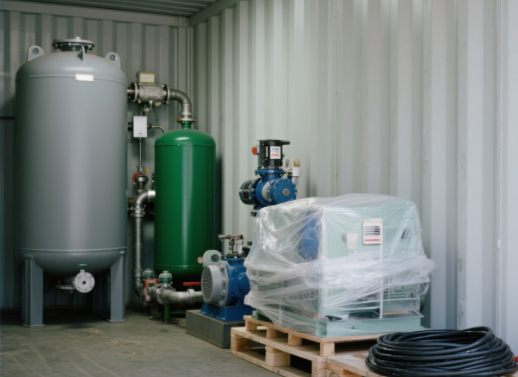
Part 4. How to Choose the Right Marine Nitrogen Generator?
Selecting the proper nitrogen generator for your vessel requires meticulous evaluation of both technical requirements and operating conditions. The following are the most critical factors to evaluate:
Nitrogen Purity Required
Different applications require different purities of nitrogen. For example, LNG carriers typically must utilize nitrogen with a purity of 99.9% and higher in order to attain absolute inerting and prevent contamination of the gas. Lower purities will be acceptable for instrument protection or general purging.
Flow Rate Capability
Compute total nitrogen usage from the quantity of onboard systems using nitrogen usage (e.g., tank inerting, pipe line purging, instrument gas) and rate of usage. The generator needs to be adequate to meet peak demand without interruption, continuous operation is to be ensured.
Equipment Size and Installation Limitations
Marine settings leave very little space for the installation of other systems. It is important to choose a generator that will be fitted into available engine room or utility space and can easily integrate with existing electrical and piping infrastructure.
Meeting Explosion-Proof Standards
If the nitrogen generator is meant to be installed near hazardous locations, such as cargo tanks or pump rooms, it should be meeting equivalent ATEX, IECEx, or marine-class explosion-proof certificates in order to ensure safe operation.
Control System and Automation
Modern nitrogen generators often come with intelligent control systems that permit real-time monitoring, automatic operation, and even remote troubleshooting. Such systems ensure better safety, efficiency, and convenience, especially for large vessels or unmanned engine rooms.
After-Sales Support and Technical Service
Choose a supplier with a proven track record of marine industry experience and an established support network worldwide. Good after-sales support, timely delivery of spare parts, and technical services are essential for reducing downtime and maintaining system performance.
Part 5. Nitrogen Generator Container Unit – International Standard-Compliant Nitrogen Solutions
Nowadays, most brands on offer in the market supply nitrogen generation plants that are classification society certified and built especially for maritime installations. Among them, the nitrogen generator container units have become extremely popular as a first preference among various oil and gas tankers, FPSOs (Floating Production Storage and Offloading units), and offshore platforms. The major advantages are:
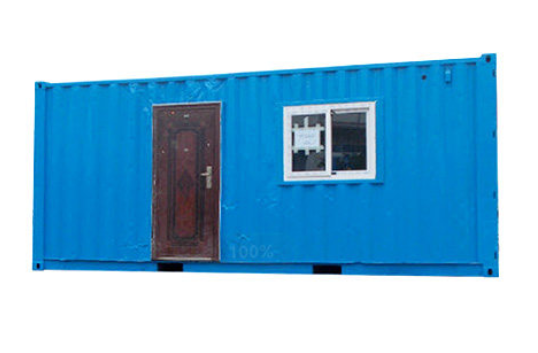
Fully Enclosed Design with High Protection Level
The containerized units are made as strongly sealed units having high ingress protection ratings, which enable them to withstand harsh offshore environments such as high salt spray, high humidity, and corrosive marine atmospheres. This stability enables long-term operational reliability in severe environments.
Rapid Lifting and Deployment
These containerized modules are installed rapidly and easily hoisted and mounted on newbuild vessels or retrofitted onto ships and offshore facilities. This modular construction reduces installation time and complexity, and hence vessel downtime.
Factory Pre-Installation and Testing
Before shipment, containerized nitrogen generators are assembled and commissioned exhaustively in the factory, with performance testing and quality checking. This guarantees system reliability and reduces the likelihood of installation failure or running failures after deployment on the seas.
Ease of Transport and Flexibility
As they are completely self-sufficient, containerized systems are very portable. They can move efficiently by land, sea, or air and be relocated to other ships or projects as business requires. Such portability maximizes asset utilization and cost savings.
Wrap Up
Nitrogen generators are a crucial component of the oil and gas tanker safety gear. Choosing high-performance, reliable marine nitrogen equipment with compliance to global regulatory standards is the most significant step towards vessel safety, optimizing equipment lifespan, and improving performance.
If you require a trustworthy nitrogen system solution, seek out a firm with years of experience and the ability, like Wingoil, to provide customized services. Taking control of safety from its source gives you the confidence that your oil and gas vessels journey safely and effortlessly.

